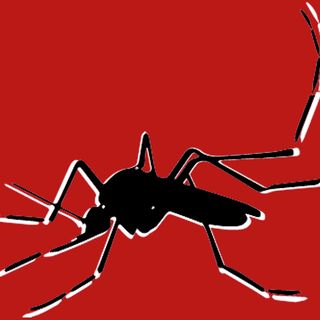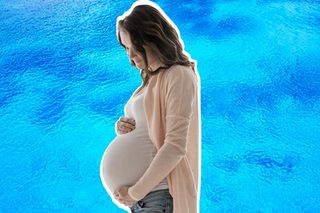
Research on Western Women Has Biased Childbirth Medicine Around the World
The shape and size of birth canals are surprisingly diverse.

Research that has historically involved only western women has biased doctors and scientists understanding of human evolution as well as the process of childbirth, a new paper in the journal Proceedings of the Royal Society B argues.
The authors of the paper point to their own research, which examined the remains of 348 women around the world, some dating to 2000 BC, and found broad variations in the shape and size of skeletal birth canals, or, pelvic inlets. The pelvic inlet is the empty space encircled by the hip bones, through which a baby passes during birth.
Most specifically and significantly, they found that European and North African women have a more oval pelvic inlet, whereas women from Asia and Sub-Saharan Africa have a rounder shape. Beyond this, the researchers say the variety in pelvic inlet shape and size was more diverse than the variety of most other body parts, like leg bones.
Because science has focused mostly on European women, the description of the childbirth process and childbirth anatomy in medical textbooks — specifically, how a baby must rotate to pass through — may inaccurate when applied to women elsewhere in the world, with differently shaped pelvises, the authors add.
“A different pattern of childbirth that is considered odd for European women and therefore seems to ring alarm bells could be perfectly normal for other populations,” Lia Betti, the study’s first author and a biological anthropologist at the University of Roehampton, told The Guardian.
Read: It’s Time to Recognize Culture Affects Our Understanding of Psychology
While Betti’s research used human remains to arrive at this conclusion (measuring the birth canal in live women is difficult, the authors say), they apply to women today.
“Actually you can have several different shapes in modern women, and everybody seems to walk fine and the mothers give birth in the right way,” Betti added.
Betti and her co-author, Andrea Manica, from the University of Cambridge, say the variations they found are simply due to genomes evolving differently in different geographies over the course of millennia.
However, other scientists, who were not involved with the study, have different theories: namely, that the genetic differences that influence the shape and size of birth canals might be influenced by other human species.
“We know based on genomic data that Neanderthals and a mysterious hominin population called the Denisovans both interbred with modern humans after they left Africa – have these hominins contributed to regional diversity as well?” Dr Ashley Hammond, of the American Museum of Natural History, told The Guardian.
If living, modern women are walking around with all different kinds of pelvic shapes and sizes, maybe it’s time for medicine to update its practices so all women, not just Europeans and North Africans, get the best, most accurate childbirth care.
Related


What You Need to Know About Heart Disease and Heart Attacks in Women
